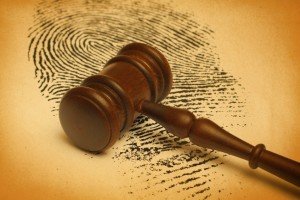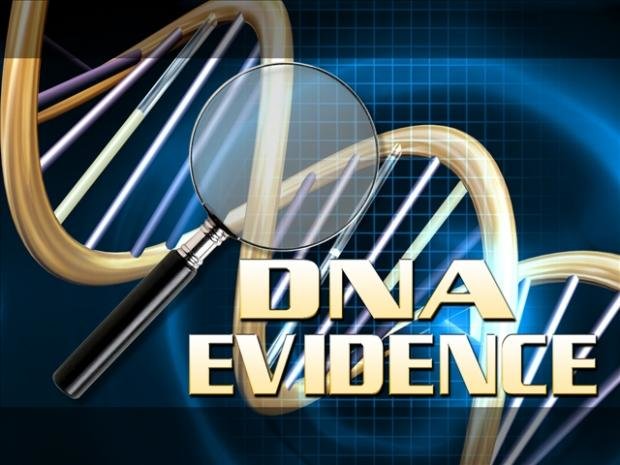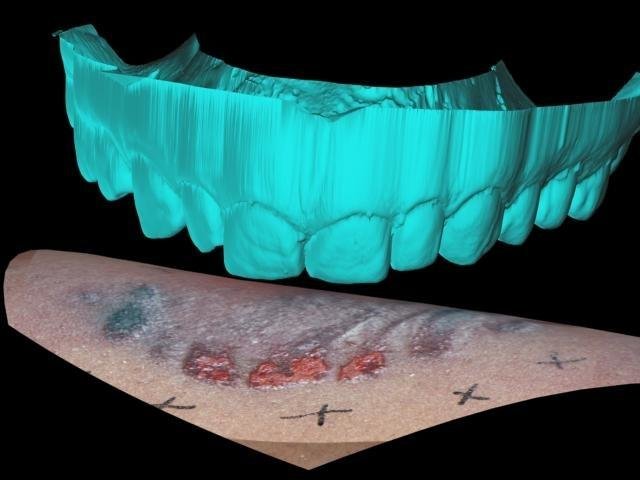Body identification can be easy, but it can also be quite complicated. More often than not, identifying a victim cannot be is not as easy as matching a face with a description, but you need to follow a complicated procedure often long and laborious. There are numerous hurdles in the way of identifying a body – severe head trauma, burns, disfigurement, submergence in water for long periods of time (as well as other nasty staff) can affect the body in such a way that identification becomes highly challenging.
Body identification process
Contrary to popular opinion, most of the body identification processes begin far before actually finding a suspect body. They include finding, organizing and analyzing antemortem data – the term most often refers to conditions and injuries of the victim during lifetime that could customize or aid the searching procedure by invoking special health issues of the patient such as the altering of a bone or any nutritional deficiencies – or anything that could be related to a specific predisposition or illness during autopsy. Generally speaking, antemortem data represents any type of medical document or personal information including detailed physical descriptions (of the sex, age, hair color, eye color, stature, dental records) along with other physical individualizing traits such as scars or tattoos. Photographs (as recent as possible) are also a very good tool before the actual identification process and it has found to be highly useful in determining the body identity without having to put the family in an even more delicate situation.
It is only after finding antemortem evidence (proof to sustain future connections and conclusions of the investigation) that the gathered data is compared to a list of dead bodies in order to find a match. This essential first step of the identification process has to take place regardless of the number of people that are missing in the case.

Once the data is complete, the matching operation begins. Usually, there is more than one person assigned to do this second operational step, especially if difficulties emerge. A medical examiner, a coroner of a law enforcement agent are equally able to perform the comparisons, which often get to be a coordinated common effort of accuracy and consistency. Since not all the proof is equally important, there are degrees of accepting the possibility of a positive match – sometimes you just have to work with probabilities. For instance, if the clothing or the ID fit it doesn’t necessarily mean that the identification is complete, but that there is a higher probability for that suspect body to correspond. In such situations, the family or other people with expertise are asked to confirm the matching – if DNA tests are possible, they are performed.
When ID isn’t always possible
Before proceeding to dental work, fingerprints and blood tests in order to determine the DNA of the body and match it afterwards to someone in a database there are other things to be taken into account. The main reason for which DNA testing is not always possible is because if there is no medical record the possibility for that person to have been registered to a database is very thing… and it also costs a lot (yes, sadly, this is still an issue in many areas of the world).
So for example, especially when having to deal with a young victim – who most probably was not exposed to blood transfusions or dental work – there’s a high chance the DNA testing would be useless, because there is no recorded evidence of that person’s DNA. Furthermore, there is a significant chance that the fingerprinting process does not apply either – specifically if there is no criminal record. Moreover, there are some cases in which identifying DNA based on the fingerprints is literally impossible, for instance if the victim was part of a fire or explosion or was simply mutilated.

As mundane and trivial as it may seem, it is scientifically relevant for the forensic expert to take into consideration the clothing and whether it matches the descriptions from the police. If positive, a member of the family or a close friend will be requested to confirm pieces of clothing or any other clothing item which might yield clues. Part of this process is identifying the jewelry – sometimes engraved or personalized – that is almost impossible to be mistaken – particularly when there is more than one piece of jewelry.
How to identify a body
Very important in identification are the forms of identity such as a driving license, banker’s card, or another item with full name and address. This kind of proof is not exclusive since there have been numerous mis-identifications caused by placing another ID in the victim’s wallet. Along with the clothing, this part of identifying a body is only partially relevant and trustworthy during an investigation, since there have been enough situations when the victim was wearing similar clothing to the missing person in comparison.
As a general preoccupation identifying bodies is taken very seriously by both the authorities and the forensic experts, while the process is as quick and as accurate as possible. One of the most associated problem with body identification is the necessity to perform certain medical procedures that the families (or the next of kin) would not be happy with, especially because of integrity, moral or religious views. In some religions, the whole body has to be buried in order for it to remain sacred and religiously intact – as expected, these views can create conflicts between the investigators and the family.
Media has a history of decades in presenting the body identification processes – they are, however, not to be taken entirely serious. What the scholastic call ‘the CSI effect’ represents the focus on drama rather than procedure in order to keep the audience interested. A more accurately scientific approach would risk the interest of hundreds of thousands, therefore before taking this career into consideration one would better make some scientifically approved research on the specifics of the field.



